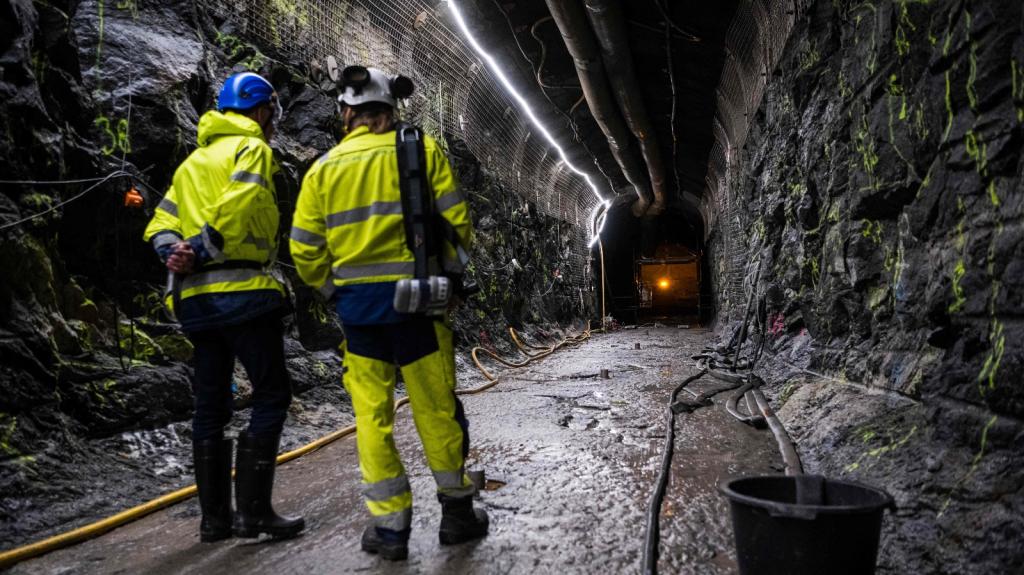The so-called Energy Independence and Security Act of 2007 lays out ambitious targets for production of cellulosic ethanol: a gradual increase to 16 billion gallons per year by 2022.
Rounding off to the nearest 10 million, producers are churning out approximately zero gallons of the stuff today. That had better change quickly. By 2010, the act mandates that 100 million gallons of cellulosic ethanol be mixed into the car-fuel supply, rising to 250 million gallons by 2011.
Not going to happen, says a report by the investment firm ThinkEquity. According to an account of the report on Greentech Media, ThinkQuity reckons cellulosic producers only have capacity to produce 28.5 million gallons by 2010. (Weirdly, gas retailers, not ethanol producers, will be penalized for each gallon that falls short — $2.00 per gallon at today’s gas prices, Greentech Media reports.)
Overall, despite years of grants, tax breaks, and other goodies, the cellulosic ethanol industry remains mostly spectral. Here is Greentech Media:
The cellulosic industry as a whole is still largely in the prototype phase, [the ThinkEquity] report notes. The report estimates that the cellulosic industry as a whole will only have 6.3 million gallons worth of manufacturing capacity by the end of this year, and the estimate includes a 3 million gallon plant being planned by garbage-to-ethanol startup Blue Fire Ethanol. [emphasis added.]
Somehow, I doubt that a facility that isn’t built yet will manage to crank out 3 million gallons of firewater before the year ends in less than two weeks.
Adding to the gloom, the ethanol industry’s trade group, the Renewable Fuels Association, has gone hat in hand to the incoming Obama administration look for a … bailout.
According to the Wall Street Journal, the RFA wants a $1 billion short-term credit facility to keep afloat producers currently struggling for survival. Moreover, apparently I’m not the only one wondering who’s going to fund the massive buildout that would be required to meet the Energy Act’s lofty goals. The Journal reports that the RFA wants a “$50 billion federal loan guarantee program to finance investment in new renewable fuel production capacity and supporting infrastructure.”
That’s not all. The lobbying group requests that any automaker receiving federal aid should be forced to make its entire new fleet “E85”-ready, meaning able to run on a mix that’s 85 percent ethanol.
These pleas come from an industry that already receives [PDF] between $9 billion and $11 billion per year in federal support.


